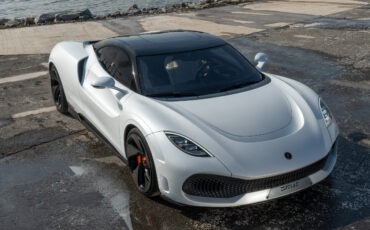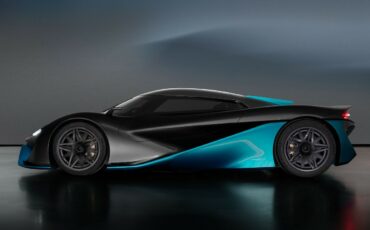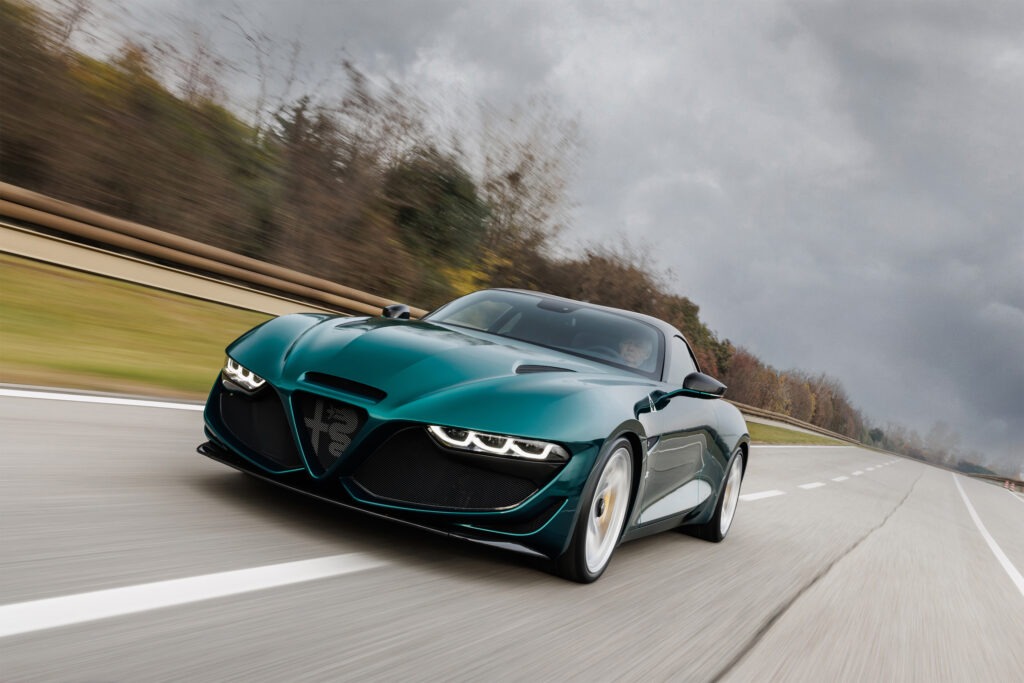
Alfa Romeo Giulia SWB Zagato, here it is finally: a two-door coupé signed by the famous atelier Zagato. It features a carbon fiber body built on a shortened Alfa Romeo Giulia chassis (SWB), and the legendary 6-cylinder engine in its latest GTAm evolution.
It pays homage to 100 years of collaborations between Alfa Romeo and Zagato.
The project immediately met the interest of a German collector who was selected from among Zagato customer with many Alfa cars in the garage including, in addition to an 8C Competizione, the very recent Giulia Quadrifoglio in its various special editions, including the GTA and GTAm. This collector is a fan of Granturismo Zagato models with the Alfa SZ (1990), which he drives regularly.
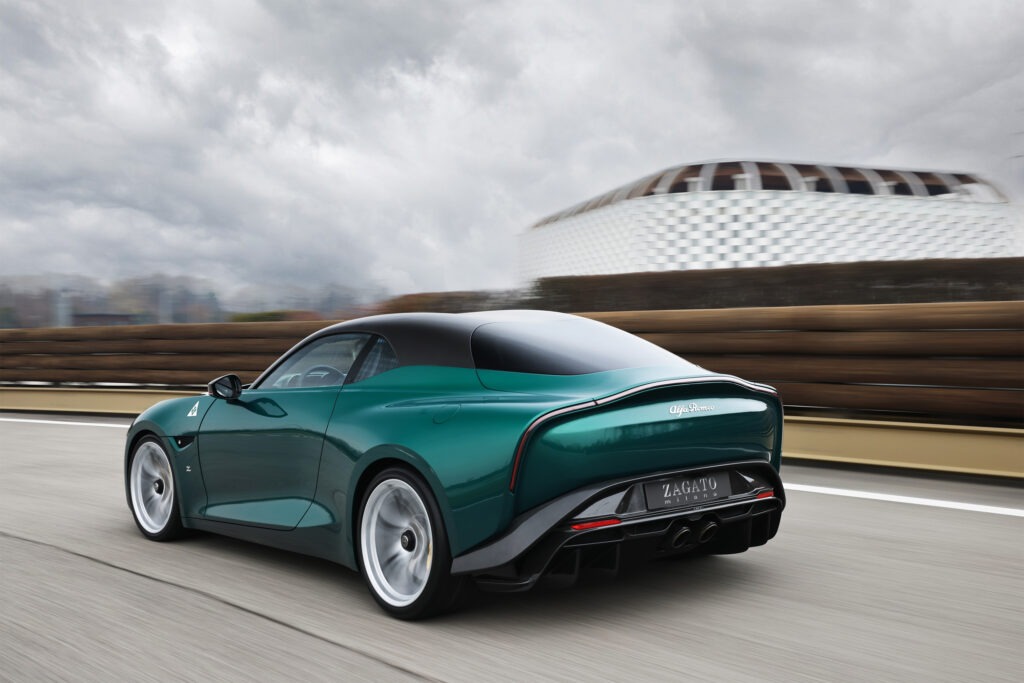
A DNA therefore perfect to christen this new chapter in the legendary history of the two Milanese companies and, to add a further touch of exclusivity to the project, the customer asked to start from the manual Giulia Quadrifoglio updated by Zagato in the GTAm contents, with the V6 from 540 horsepower, to maintain the 6-speed mechanical gearbox.
As regards the design, if for the 100th anniversary of the foundation of Alfa Romeo (1910-2010), Zagato chose the theme “TZ“, creating the TZ3 Corsa with 8C engine – winner at Villa D’Este – followed by the TZ3 Stradale based on a Chrysler Viper and immediately christened by the international press as the first American Alfa Romeo – for this new double anniversary the theme was instead “SZ”.
TZ and SZ boast two different design languages but both wear the Zagato concept of Granturismo. The design of the Giulia SWB (short wheelbase) Corsa prototype is therefore a natural evolution of the Alfa Romeo SZ models starting from the Codatronca version, born in 1961, and which dominated its GT class in 1962 – 1963 up to the more recent S.Z. whose front inspired the front treatment of the very recent Tonale. Contrary to the S.Z. of 1990, based on the Alfa Romeo 75 Evoluzione, which did not have a shortened wheelbase, this new prototype was called the “SWB” because it was developed internally by Zagato from the Giorgio modular platform of the Giulia and Stelvio, optimizing its overhangs and wheelbase, precisely, in the wake of the Zagato sporting tradition.
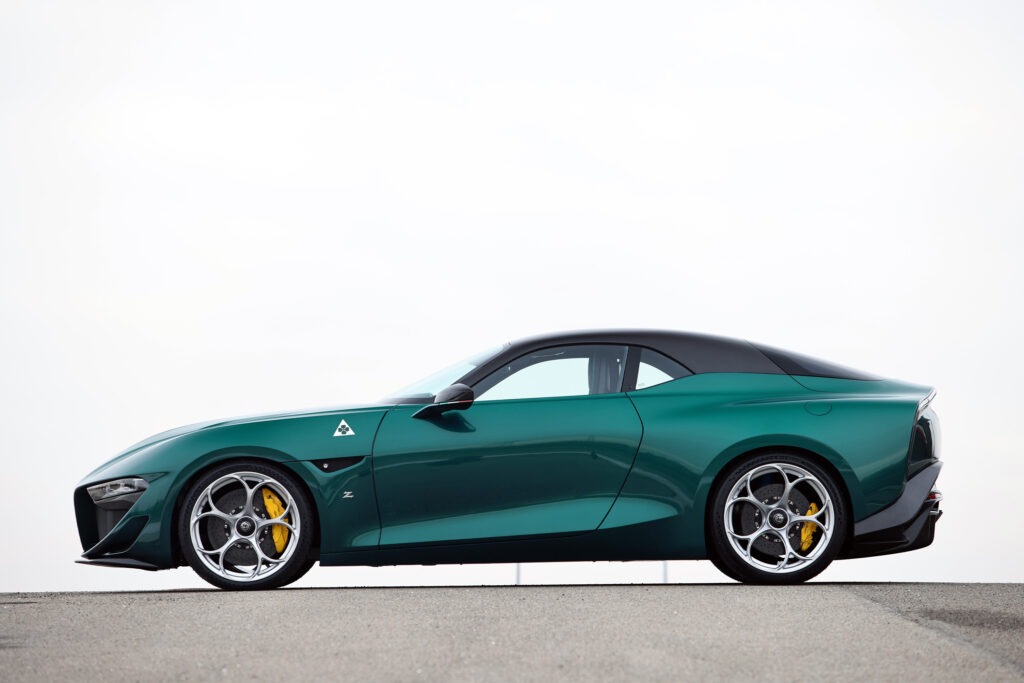
The design process was carried out according to the Zagato idea of team-work, asking for the support of Alejandro Mesonero (Head of Alfa Romeo design) and his team right from the start. The conception, development and production of the car were, however, entirely and autonomously carried out by the Milanese Atelier without external support.

